

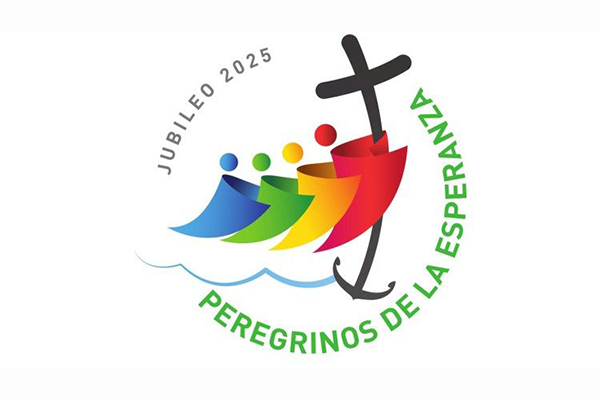
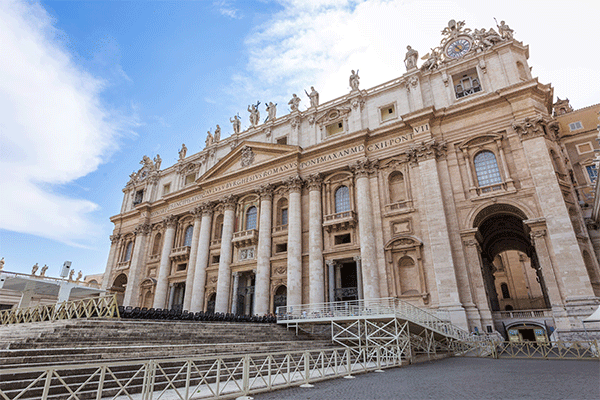
Vatican City
The first Christian Jubilee 2025 was convoked by Boniface VIII in 1300, experienced as a time of transformation for the holiness of God. Throughout history, the frequency of Jubilees has varied, from every 100 years to as little as 25 years in some cases. In addition to regular Jubilees, there have been extraordinary years, such as the Year of Mercy called by Pope Francis in 2015. The way of celebrating the Jubilee has also evolved, including specific pilgrimages and rituals, with the opportunity to obtain plenary indulgences by participating in the Holy Year.
St. Peter’s Basilica is the place where Catholic worship is most expressed and, on the occasion of papal celebrations, it is dedicated to solemn ceremonies. It is the largest of the patriarchal basilicas in Rome. Among the beauties inside St. Peter’s Basilica, it is essential to mention Michelangelo’s “Pietà”, the Chair of St. Peter (Cathedra Petri), the tomb of Pope Innocent VIII in gilded bronze, Canova’s monument to Pope Clement XIII and the baldachin over the papal altar. The visit to the Basilica is free, but if you want to know its history and details, it is highly recommended to have a guided tour.
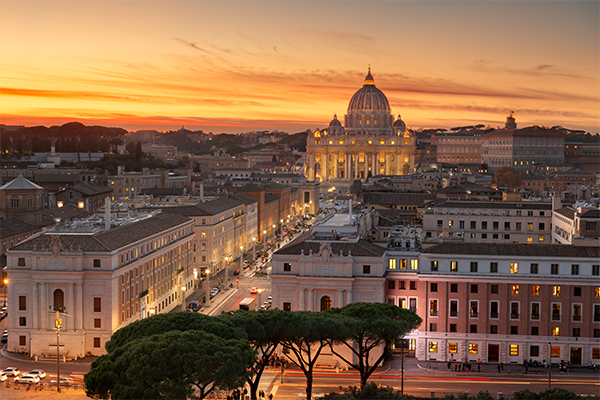
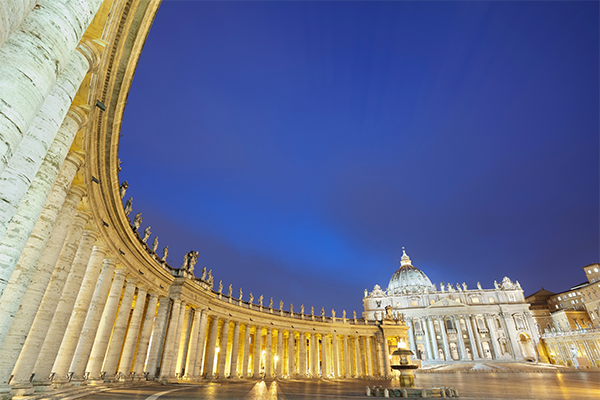
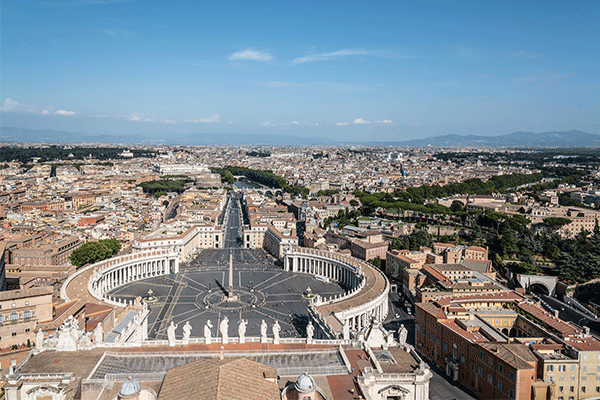

11 kilometers from St. Peter’s Basilica
The Basilica of St. Paul Outside the Walls was built where, according to tradition, the apostle Paul was martyred and beheaded (Abbazia delle Tre Fontane). It is also known as Basilica Ostiense, due to the name of the town where it is located. In 1823, it suffered serious damage due to a fire, but fortunately the marble baldachin, under which St. Paul is buried, remained intact.
The Basilica of St. Juán Letrán is also called Archibasilica, because it is the most important of the four basilicas of Rome. It is the Cathedral of the Diocese of Rome, the oldest and most important basilica in the West. The Basilica of St. Juán Letrán is very important, in fact, the Pope celebrates there the liturgies of Holy Thursday.
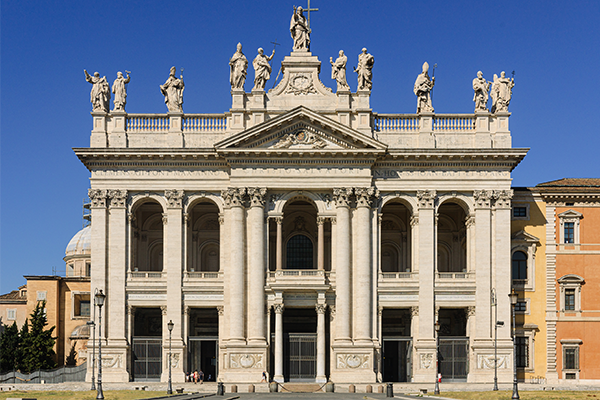
Episcopal See of the Bishop of Rome
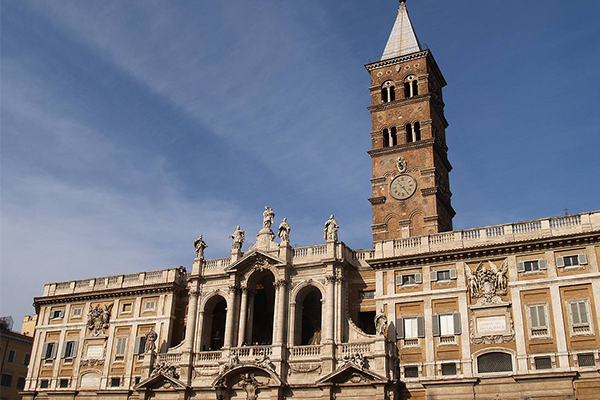

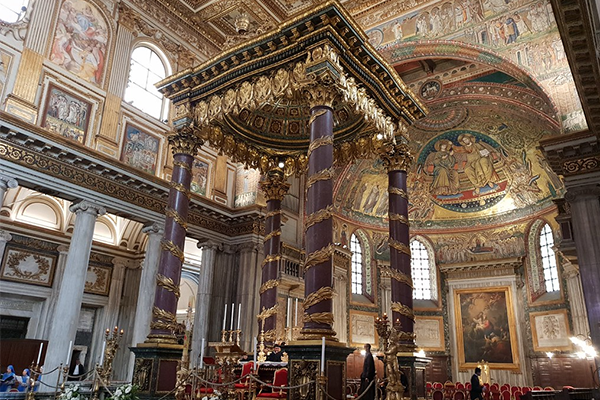
The Basilica of Santa Maria Maggiore is the only Basilica in Rome that has maintained its original Christian structure, which has then been embellished. This is the reason why the Basilica has different architectural styles, from Paleochristian to Baroque. It is also known as the “Liberian Basilica”, due to the fact that it was originally thought to have been built over an ancient religious building erected by Pope Liberius.
You can start planning your pilgrimage today!
Let our Nativity Pilgrimage Family guide you every step of the way.